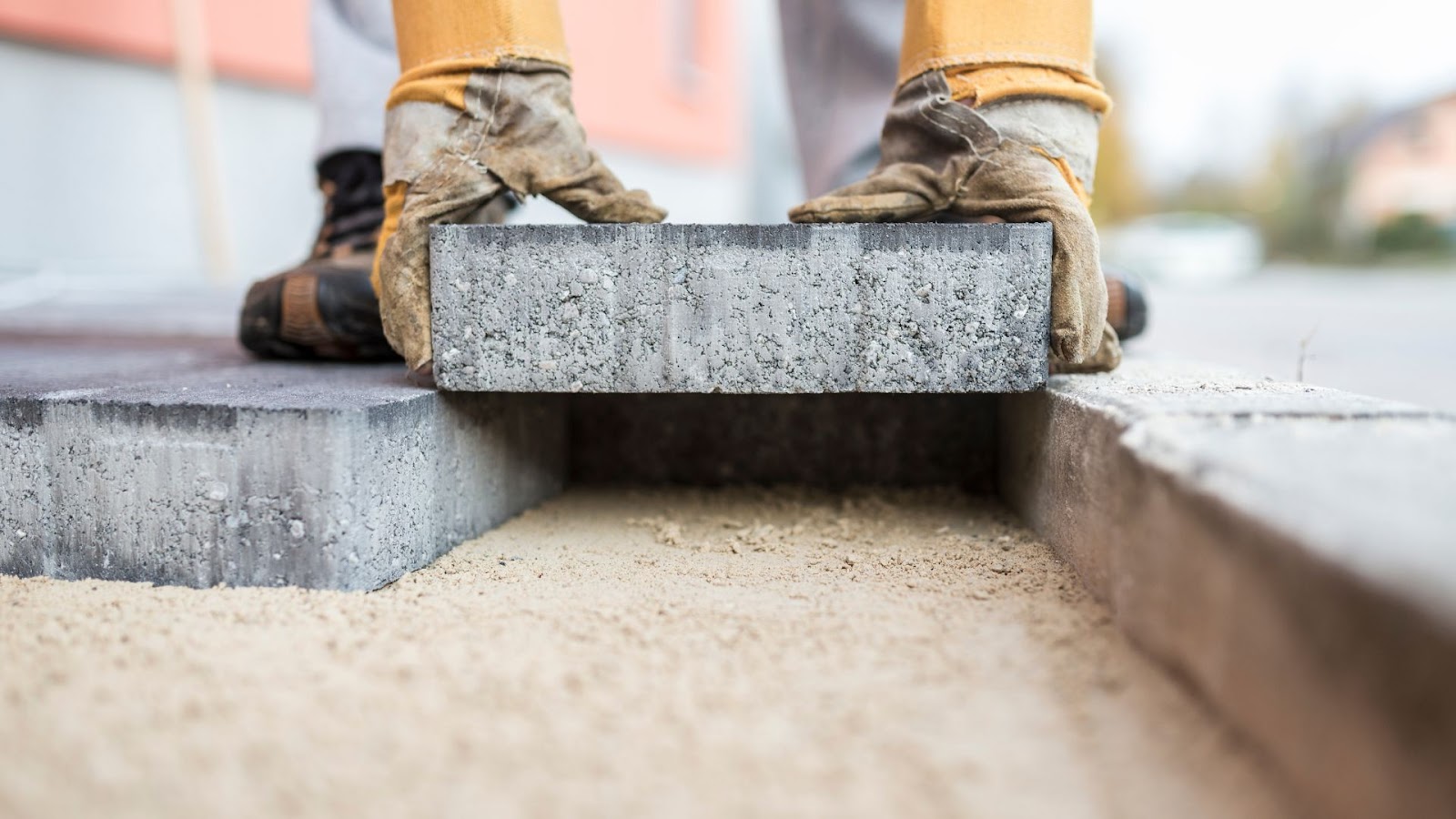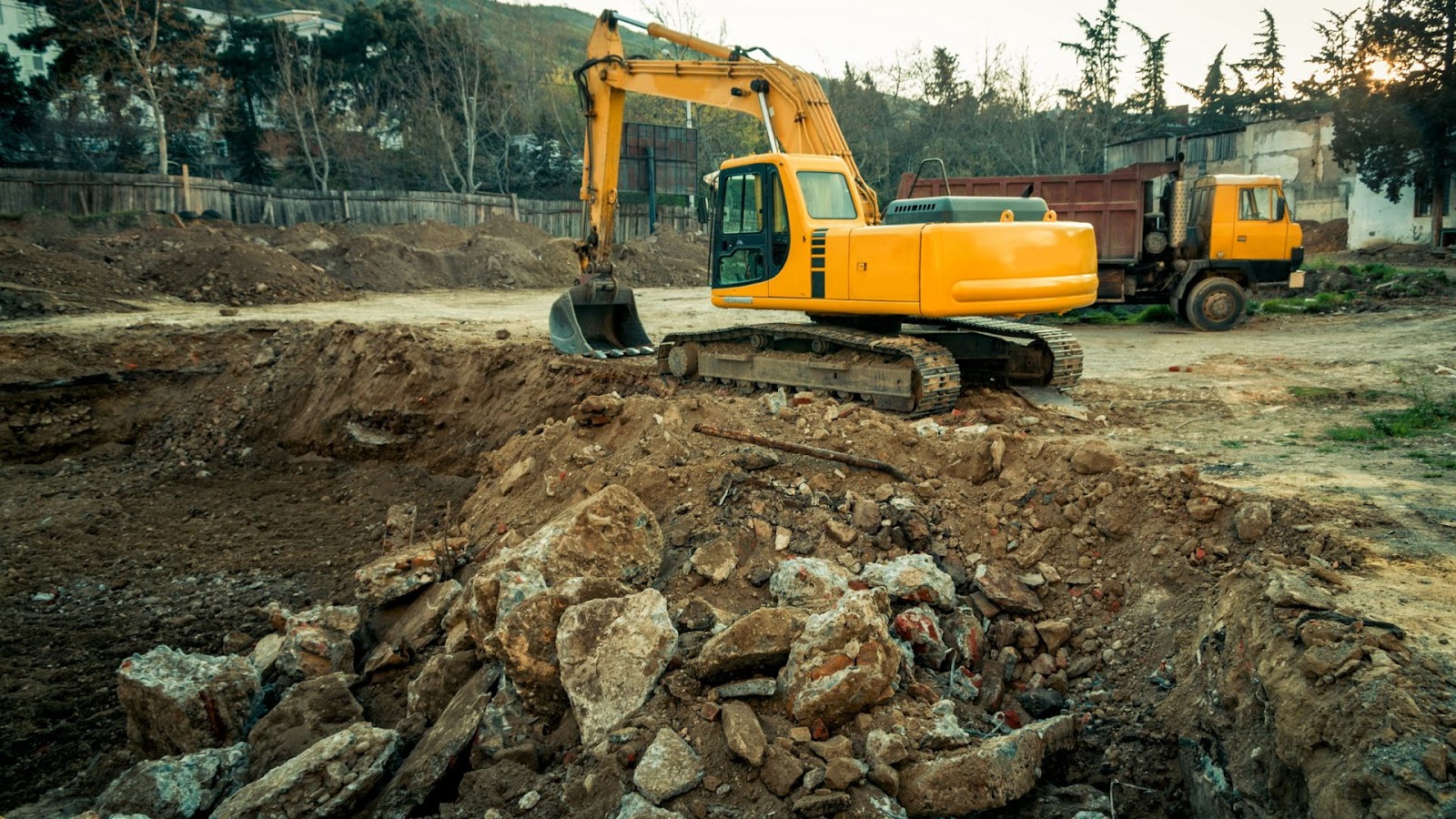
When it comes to tracking costs and monitoring the overall success of your next project, coding is a key player. But it doesn’t have to be some big, complicated task. In fact, coding in your project estimates is easier than you might think. Read on to find out how.
What are cost codes?
Cost codes in construction are used to track, organise and categorise your costs. With all estimating software, an element of coding will be involved. Basically, it’s where we’re able to break out the plant, labour, material and subcontractors on your project.
Take concrete as an example.
If you’re buying C28/35 concrete, you may just put that coded as concrete, or you may code it as C28/35 concrete. It all depends on how far you want to go. With coding, the best thing about it is that not only are you using it at the estimating stage, but If you do win the project and you go on to the site, you’re now able to track those costs against what you were doing on the site.

Why coding matters beyond estimating
Most contractors think coding is just for the estimating stage. But that’s only half the story. Once you win the job and move to the site, those codes help you track actual costs against your estimate in real-time.
Say your estimate predicted a certain cost for materials, but the live cost data from the site shows you’re spending more. With coding, you can spot overruns early, make adjustments, and stop bleeding cash.
Simply put, it helps you see whether you’re in the red or the black. No surprises. No last-minute budget shocks.

Best practices for implementing cost codes
- Standardise Your Codes
Create a consistent and clear set of codes across all your projects. Standardising your codes makes sure you’re comparing apples to apples when it comes to tracking costs. - Break Down Costs Thoroughly
Don’t rely on broad categories. Be as detailed as possible with your coding. Instead of just labelling something as “materials,” break it down into specific items, like “C28/35 concrete”, so you have a clearer understanding of where the money is going. - Monitor Your Codes Regularly
Just like you monitor the progress of your project, regularly check how your cost codes are performing. Are there discrepancies between what you estimated and what’s being spent? It helps you keep track of everything happening in your project.

Conclusion
If you want better control over your project costs, coding is a game-changer. It allows you to make more accurate estimates and track your costs in a way that makes them more manageable and predictable.
At Carroll Estimating, we support our clients with dedicated quantity surveying and estimating services to make sure you don’t leave money on the table. Contact us today to find out how we can support you from tender bid to final account.
